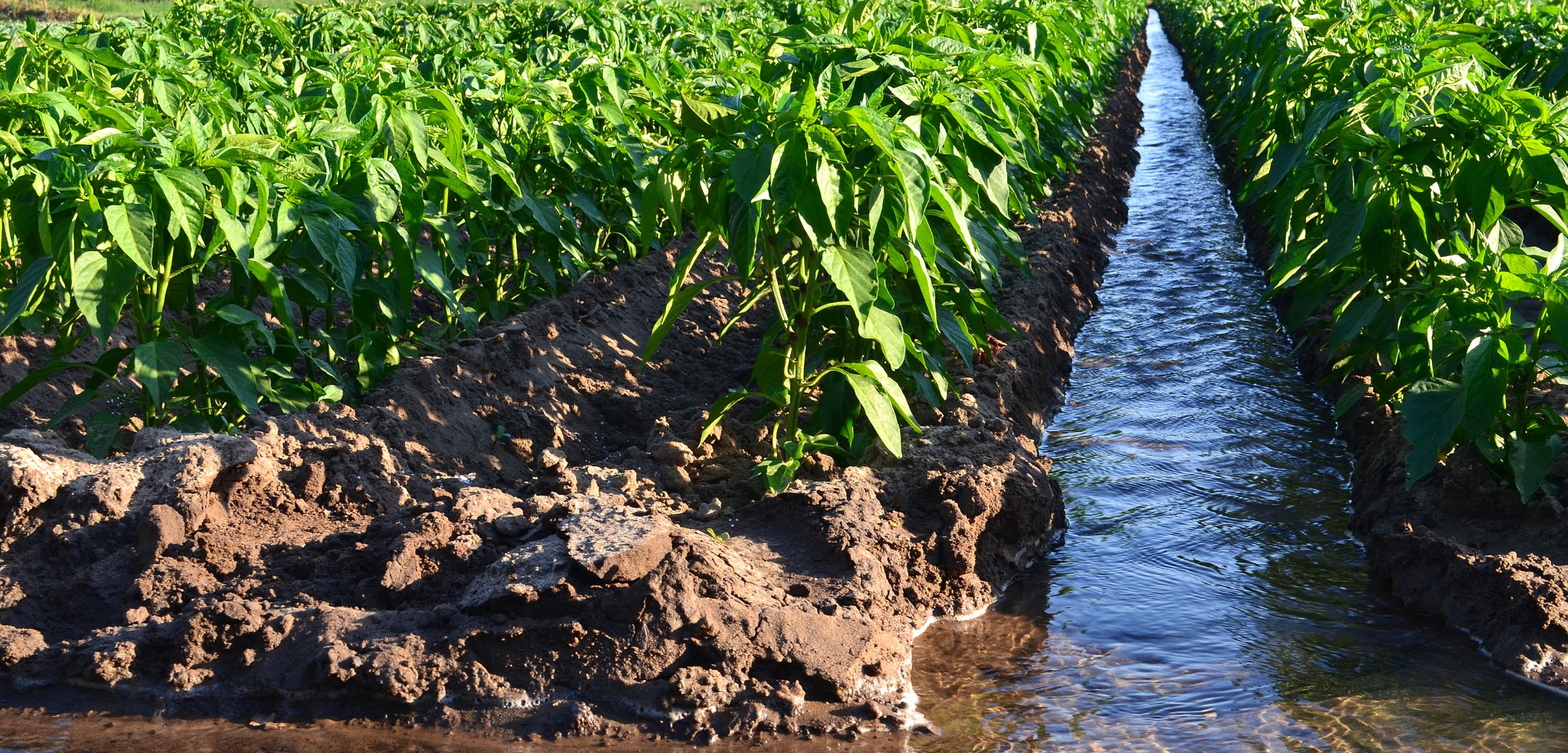This is the fifth entry of a ten-part blog series celebrating the Lab’s 10th anniversary. The series shares insights and lessons learned over the past decade, exploring practical knowledge from accelerating climate finance solutions in emerging markets. See all entries here.
August 13, 2024

Launched in November 2015, the Lab in India is a public-private initiative that identifies, develops, and accelerates innovative solutions to finance renewable energy infrastructure and other green growth channels. To date, the India Lab has endorsed 11 climate finance solutions, including the Sustainable Energy Bonds (SEBs) from the 2017 cycle, developed by cKers Finance.
SEBs are a class of bonds that drive impact investment in sustainable energy in India by offering debt exposure, sufficient returns, and standardized impact measures. They are designed to aggregate smaller-scale renewable energy projects (typically between USD 1 million to USD 5 million) into a single investable package. This approach addresses the challenge faced by investors typically interested in larger-scale projects.
To date, SEBs mobilized over USD 8 million to fund the installation of 50+ megawatts of rooftop solar in India, the addition of 10,000 electric vehicles on the country’s roads, and many other use cases, including clean energy efficiency.
A few weeks ago, I sat down with cKers Finance Executive Director Jayant Prasad to discuss the SEBs’ journey, his time with the Lab, and future plans.
The below transcript of their conversation has been edited for clarity.
What were the main barriers hindering private investment in India’s clean energy sector, particularly for the smaller-scale projects that SEBs address?
Jayant: When we applied to the Lab, we said that there are climate investors inside and outside India who would want to finance India’s clean energy transition, but they need to better understand the opportunity and its relevancy.
Traditionally, the market has preferred large projects. Green bonds and other frameworks have typically funded utility-scale solar, wind, and similar projects. With the SEBs, we specifically wanted to target smaller projects from USD 1 million to USD 5 million. Climate and impact investors are wary of small transaction sizes, and I think this has been the biggest stumbling block for us.
We needed to explain to investors why funding large-scale utilities alone is insufficient to drive India’s decarbonization. This challenge highlighted the need to market instruments such as SEBs, which aggregate smaller projects for scale.
A second challenge is that each investor usually ends up putting in their own compliance norms in their funding. This results in one beneficiary organization having to follow multiple compliance norms. For large-scale projects in the range of USD 50 million to 100 million, these costs are just a small percentage. They become significant if you are trying to borrow or raise funds for a USD 1 million to USD 5 million project, especially if you have conflicting compliance requirements.
Our sustainable energy bond framework addresses these barriers head-on. SEBs aggregate multiple projects that individually are too small for bond issuances but together provide the required scale. SEBs can be applied to loans, securitization pools, or any other similar financial instrument. To counteract conflicting compliance requirements, we created simple menu-driven options for the investor to choose what impact they want to be reported.
I think this is a very nice solution not only for the renewable energy market but other markets as well. I’m curious as to why nobody else considered this. Was there a regulatory issue that got resolved by the time you were planning this bond?
Jayant: While we were the first to focus on renewable energy, others have launched social impact bonds in the space. The concept was not entirely new. We were riding on existent regulations, so the regulatory issue was not there in the renewable energy space.
Different investors will have different priorities, so how do you manage between them?
Jayant: I give them a menu of choices, based on a consensus view of what kind of impact would be reported. The investor is choosing from a standardized taxonomy, so we are not reinventing the wheel. Investors essentially want to know that our reporting has an actual basis.
The gap was in the desire of climate, impact, and DFI investors to do smaller ticket-size transactions. As of today, we still find people not wanting transactions below USD 10 million, USD 20 million, or even USD 50 million.
That’s where the marketing approach from our side comes in. We ask: “How will these spaces grow if you are not willing to invest in them?”
Are you interested in replicating this framework globally?
Jayant: We haven’t attempted it, but this framework is regulation-agnostic and could be applied anywhere. It’s simply a framework on how to market, measure, and report impact. You could be issuing loans, pools, or bonds using this framework out of Guatemala for all you care, right?
The question you need to ask yourself is whether impact reporting is an issue in that particular country and whether regulation permits impact investing. Can climate investors who are inside or outside the market invest easily? If so, then maybe you need to add a project preparation angle. Otherwise, I don’t see anything stopping this framework from working.
So, coming to the role that the Lab played, what value did you derive from that?
Jayant: We worked with the Lab to build this instrument. The Lab is very good at asking questions and helping people flesh out the instrument contours.
Our team used the inspirational ideas from the Lab’s model to determine what framework or instruments would make sense for investors. We met with investors who are part of the Lab network and marketed the instrument to them, asking if it made sense.
The Lab helped us network both inside and outside India. We were able to go into investment meetings to explain our framework. Post-completion, we had the framework ready and published it. We had several investor conversations, one of which we converted. The California Clean Energy Fund (CalCEF) gave us two tranches totaling USD 5 million (USD 3 million and USD 2 million).
We are currently in the process of scaling up and looking for more investors. Eventually, we hope to work with our investors and investees to adapt the framework to open bond platforms, which are becoming very popular for things like EVs and solar.
How could the Lab process have supported your idea even more?
Jayant: I should also mention that most of the people we met with through the Lab were ready to give intellectual support to the idea, but not provide financial commitment. In my opinion, the Lab needs to have investors who commit through the Lab process. By having domestic or international members coming in and providing equity, it could really transform what you are doing.
Check out the entire Lab 10th Anniversary blog series
1. Five strategies to break down barriers to private climate investment
2. How a well-designed theory of change guides clearer social and environmental modeling
3. Building a compelling investment case for climate finance instruments
4. Making the most of concessional capital: The Lab’s blended finance approach
5. Enhancing the appeal of small-ticket investments with Sustainable Energy Bonds in India
6. Why Climate Adaptation Notes didn’t take off – and the lessons I learned
7. How Brazil’s Green FIDC became the Lab’s champion for private investment mobilization
8. Adaptation finance: Six key steps for structuring instruments that deliver results
9. Beyond box-ticking: Why gender-responsive climate finance is effective climate finance
10. Emerging trends, opportunities, and challenges in climate finance (17 September)
BONUS: A decade of the Lab: Finding a balance between climate finance and actionability (25 September)

